 Back to the Be Inspired Blog
Back to the Be Inspired Blog
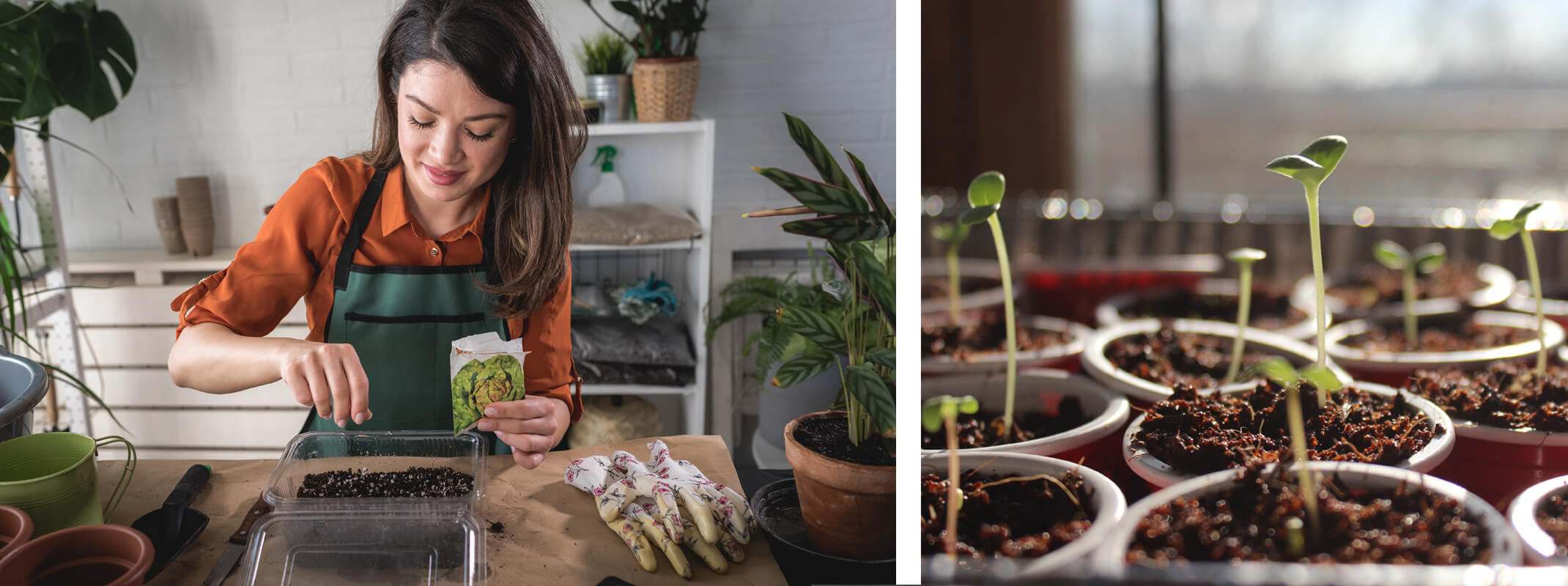
How to Successfully Start Seeds Indoors
Planting season is almost here, and there’s no better way to get a head start on your garden than by starting seeds indoors. This method is perfect for Bay Area gardeners looking to grow strong, healthy plants ready to thrive when it’s time to transplant them outdoors. Whether you’re a seasoned gardener or a first-timer, this guide will walk you through the process, best practices, and what seeds to start indoors right now.
Why Start Seeds Indoors?
Starting seeds indoors offers several advantages, especially in the Bay Area, where the climate is generally mild but unpredictable. By growing seedlings indoors, you can:
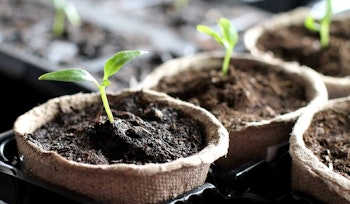
- Extend your growing season.
- Protect young plants from pests and harsh weather.
- Enjoy a wider variety of plants, including rare or heirloom varieties.
- Save money by sharing seed packets with friends or growing multiple plants from a single packet.
What You’ll Need to Start Seeds Indoors
Getting started is easy! Here’s a list of essentials:
- Seeds: Choose high-quality seeds, like those from Botanical Interests, available at SummerWinds Nursery.
- Seed Trays or Containers: These should have drainage holes.
- Seed-Starting Mix: Lightweight and fine-textured, designed to retain moisture. We recommend E.B.
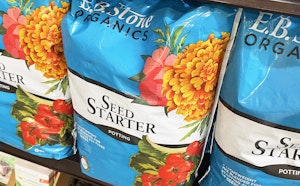 Stone Organics Seed Starter Potting Soil.
Stone Organics Seed Starter Potting Soil. - Grow Lights: If natural light is insufficient, use full-spectrum grow lights.
- Watering Tool: A spray bottle or watering can with a gentle stream.
- Heat Mat (Optional): Ideal for seeds that need warmer soil to germinate.
These essentials can be found at SummerWinds Nursery, where our team is happy to help you get started.
Step-by-Step Guide to Starting Seeds Indoors
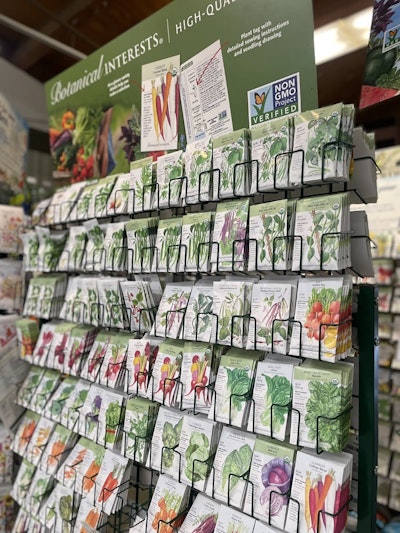 1. Choose Your Seeds: Select seeds that are best started indoors, such as tomatoes, peppers, and eggplants. Consider varieties that thrive in the Bay Area’s climate.
1. Choose Your Seeds: Select seeds that are best started indoors, such as tomatoes, peppers, and eggplants. Consider varieties that thrive in the Bay Area’s climate.
2. Prepare Your Containers: Fill your seed trays or pots with seed-starting mix. Moisten the mix before planting seeds.
3. Plant the Seeds: Check the seed packet for specific depth and spacing requirements. Generally, plant seeds two to three times as deep as their size.
4. Provide the Right Conditions: Place the containers in a warm spot. Use a heat mat if needed to maintain consistent soil temperatures (65°F–75°F).
5. Water Regularly: Keep the soil consistently moist but not soggy. Mist with water to avoid disturbing the seeds.
6. Provide Light: Position your seedlings in a sunny window or under grow lights for 12-16 hours daily.
7. Thin Out Seedlings: Once the seedlings develop their first true leaves, thin them out by snipping weaker ones at soil level.
8. Harden Off Before Transplanting: Gradually introduce your seedlings to outdoor conditions over a week before planting them in your garden.
What Seeds to Start Indoors Right Now
In January and February, Bay Area gardeners can start these seeds indoors:
- Vegetables: Tomatoes, peppers, eggplants, broccoli, cauliflower, lettuce, and kale.
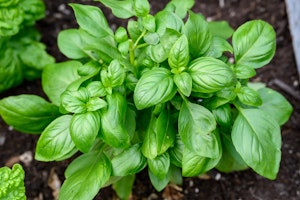
- Herbs: Basil, parsley, cilantro, and oregano.
- Flowers: Snapdragons, petunias, marigolds, and cosmos.
These plants will be ready to transplant into your garden or containers as the weather warms.
Pro Tips for Success
- Share Seeds with Friends: Seed packets often contain more seeds than you’ll need. Share with
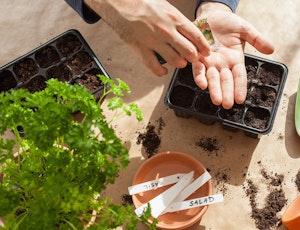 friends to save money and grow a wider variety of plants.
friends to save money and grow a wider variety of plants. - Label Your Seeds: Always mark your trays or pots with the seed variety and planting date.
- Keep a Journal: Track your progress to learn what works best for your garden.
- Don’t Overcrowd: Overcrowding can lead to weak plants and disease.
- Check Seed Packets: Follow specific instructions for germination and care.
Starting seeds indoors is a rewarding way to kick off the gardening season and ensures a bountiful harvest later in the year. Visit your local SummerWinds Nursery in the Bay Area for all your seed-starting supplies, including high-quality Botanical Interests seeds, seed trays, grow lights, and expert advice. Let’s grow together!
Ready to get started? Stop by SummerWinds Nursery today and pick up everything you need to start your seeds indoors. Happy planting!

